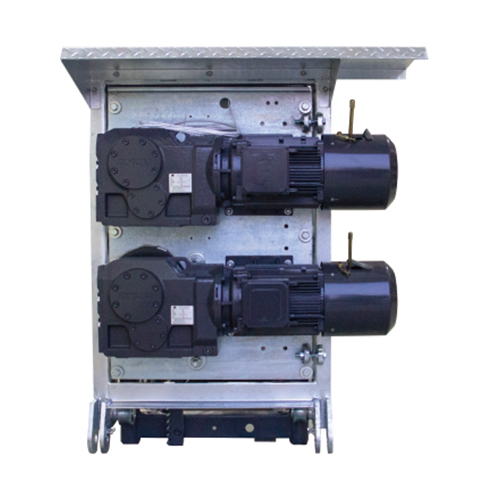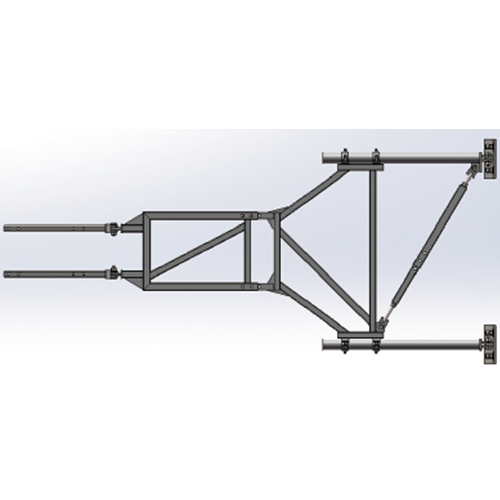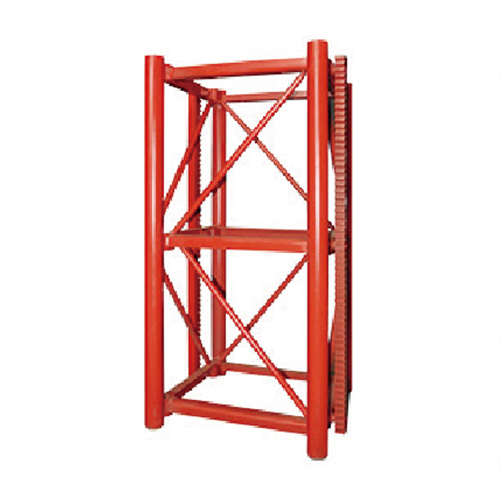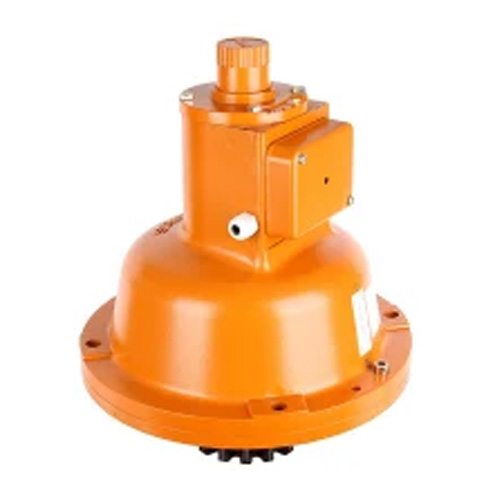frequency converter
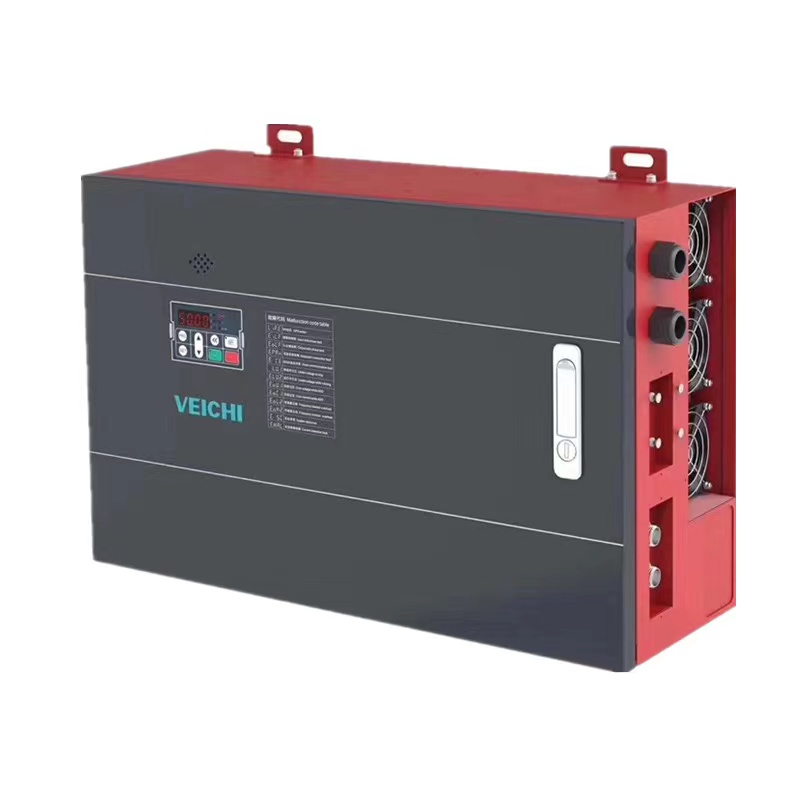
A frequency converter is an essential component in modern construction hoists, serving a crucial role in regulating the speed and performance of the hoisting system. This advanced technology enables the smooth and efficient operation of construction hoists by converting the electrical power supply into the required frequency to control the speed of the hoist motor. With its innovative features and reliable performance, the frequency converter enhances the safety, productivity, and energy efficiency of construction hoists, making it a trusted solution in the construction industry.
What is a Frequency Converter?
A frequency converter, also known as a variable frequency drive (VFD) or an adjustable frequency drive (AFD), is an electronic device used to control the speed of an electric motor by varying the frequency of the electrical power supplied to it. In the context of construction hoists, a frequency converter adjusts the speed of the hoist motor to precisely control the lifting and lowering operations of the hoist car. By altering the frequency of the electrical power input, the frequency converter enables smooth acceleration, deceleration, and speed regulation of the hoisting system, ensuring safe and efficient vertical transportation of personnel and materials on construction sites.
Features of Frequency Converter:
-
Speed Control: It allows precise speed control of the hoist motor, enabling smooth acceleration and deceleration to ensure safe and comfortable operation of the construction hoist.
-
Energy Efficiency: By optimizing motor speed and power consumption, the frequency converter helps conserve energy and reduce operational costs, making construction hoists more environmentally friendly and economical to operate.
-
Overload Protection: Advanced frequency converters incorporate built-in overload protection features to safeguard the hoist motor and other components from damage due to excessive loads or voltage fluctuations, enhancing the reliability and longevity of the hoisting system.
-
Regenerative Braking: Some converters support regenerative braking capabilities, allowing the hoist motor to convert excess kinetic energy into electrical energy during deceleration, which can be fed back into the power supply or used to power other equipment, further improving energy efficiency.
-
Remote Monitoring and Control: Many converters are equipped with remote monitoring and control capabilities, enabling operators to monitor hoist performance, adjust settings, and diagnose issues remotely via computer or mobile devices, facilitating proactive maintenance and troubleshooting.
-
Compact Design: Compact and space-saving designs of converters allow for easy integration into construction hoists, minimizing footprint and installation complexity while maximizing operational efficiency.
*The above data is for reference only. CONTACT US for detailed information and customized solutions.

